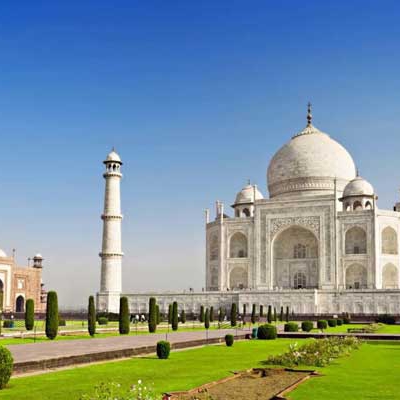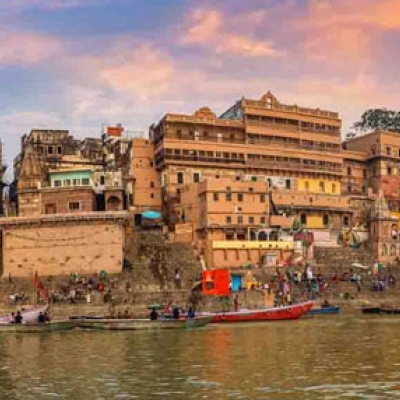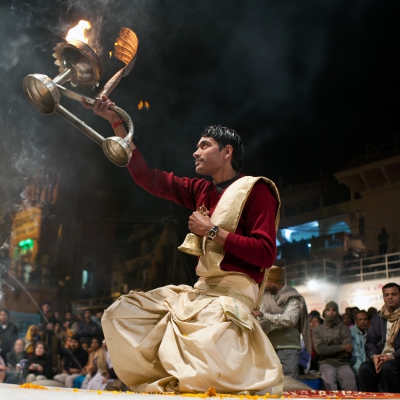Jhansi
One of the districts in the northern Indian state of Uttar Pradesh is Jhansi district. The district and commissionary headquarters are located in Jhansi. Jalaun District borders the district on the north; Hamirpur and Mahoba districts border it on the east; Tikamgarh District in Madhya Pradesh state borders it on the south; Lalitpur District, which is connected to Jhansi District by a narrow corridor, borders it on the southwest; and the Datia district of Madhya Pradesh borders it on the east. Lalitpur District, which stretches into the southern hill area, was first created as a separate district in 1974 after being annexed to Jhansi District in 1891.
Every history buff and traveller to Uttar Pradesh ought to schedule some time to visit Jhansi. During her reign, Rani Laxmi Bai, also called "Jhansi Ki Rani," lived there, and that is why it is so famous. Raja Bir Singh Deo's construction of the Jhansi Fort is credited with giving the city its name. The rulers could see nothing but a shadow on a distant hill from the fort. The historic city served as the centre of the Chandela Dynasty. Once upon a time, Jhansi was a walled city centred on a fort called Balwantnagar. One of the main attractions of Jhansi is its rich historical past, which is demonstrated by these particulars as well as the variety of monuments and important locations that can be found all the way down to the city's streets.
The surrounding area may include natural attractions for individuals looking for outdoor adventures, even though Jhansi is best renowned for its historical landmarks. Travellers wishing to experience India's rich past are drawn to Jhansi by its unique blend of architecture, culture, and history. Travelers can experience the distinct beauty of this old city by going to historical sites, going to cultural events, or dining locally.
Major Attractions:
The following are some of the main Jhansi attractions that tourists should take into account: the Government Museum, the Jhansi Fort, the Raja Gangadhar Rao Ki Chhatri, the Raji Jhansi Museum, and more. Jhansi is a fascinating location for history buffs and travellers interested in learning more about India's past because of these attractions that highlight the city's historical, cultural, and religious aspects.
Climatic Condition:
The temperature during the summer is around 40 degrees and the minimum in the winter is 5 degrees.
Best time to visit:
The best time to visit Jhansi is in the winter from November to March when the temperature is pleasant and temperate, making city exploration feasible.
How to reach:
By Air: The nearest airport to Jhansi is Gwalior Airport, located approximately 100 km away. You can take different forms of transportation or hire a taxi from the airport to get to Jhansi.
By Train: Jhansi Junction Railway Station is one of the main train stations in the city and there are several train connections available in Agra.
By Road: National highways connect major cities with Agra, which has a well-developed road network.
FAQ:
What is Jhansi's historical significance?
Because of its part in the First War of Independence in 1857, Jhansi has historical significance. An important role in the events was played by the Jhansi Fort and the Queen of Jhansi, Rani Lakshmi bai.
Does Jhansi celebrate any cultural festivals?
Yes, Jhansi Mahotsav is a well-known cultural event that takes place every year and showcases the customs, music, and artwork of the area.
Does Jhansi have any shopping markets?
Yes, you can look through regional markets to find unique fabrics, handicrafts, and mementos. In Jhansi, a well-known bazaar is Sipri Bazaar.
In the summer, what safety measures should I take?
Jhansi can have very hot summers. Carrying sunscreen, drinking plenty of water, and dressing comfortably are advised.






